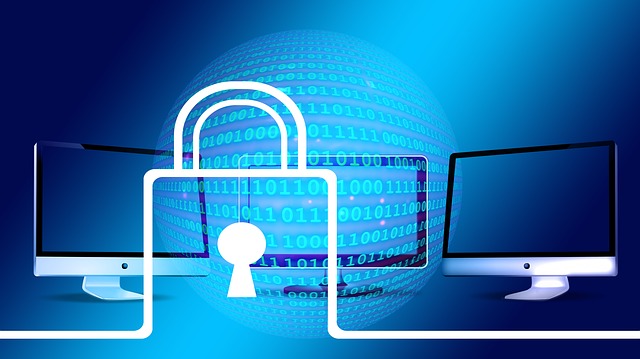5 Tips to Instantly Boost Email Security
Given how much we’ve come to rely on the internet in our day-to-day lives, internet security is an aspect we can all afford to overlook. We all know it’s important to protect ourselves from the myriad of cyber threats out there, yet we fool ourselves into thinking that it won’t happen to us. Anybody can be a target, including personal email account holders — email is part of the internet, remember. Your emails contain a lot of information, practically everything there is to know about you.

(Image credit: Pixabay.com)
So, what happens when that information falls in the wrong hands? Hackers can wreak havoc if they gain access to your email account. At best, the hacker can reset passwords to all the accounts you have linked to your email and lock you out. At worst, a person with access to your email account could steal your identity. While there’s no foolproof method when it comes to providing email security, there are a few measures you can take to protect your emails. Here are five key email security tips you should know about.
Encryption
Use Pretty Good Privacy (PGP), also known as the GNU Privacy Guard (GPG), to protect your emails from hackers and data thieves looking to intercept them. PGP and other encryption services encrypt emails in such a way that only the intended recipients can access the contents of the email. With a data-centric encryption service such as PGP, hackers won’t be able to read your emails even if they intercept communication. Additionally, you don’t need to rely on a bunch of random servers for email security once you start using an encryption service such as PGP for email protection.
Use Strong Passwords
Guessing login credentials is the primary way of hacking into email accounts. Hackers do it all the time. Having a strong password is a good way to ensure that hackers and data thieves don’t access your email account via guesswork. Don’t make it easy for them, create long, unique characters with a combination of upper-case letters, lower case letters, special characters, etc. and don’t use the same password for all your accounts.
In most cases, people don’t want to create a strong password because they don’t want to forget it. To get around the clumsiness of multiple complex passwords for different accounts, try employing a password manager. That way you won’t have to worry about using unique passwords everywhere. If you’re out of password ideas, you can always count on a password generator to give you random combinations that are impossible to crack.
You should also activate two-factor authentication to add a layer of extra security to your email account. Your email account is linked to your registered cell phone number. Every time you log in to your email account from a new device, a one-time secondary password is sent to your phone thereby making it impossible for someone to access your emails even if they have your password.
Enable Transport Layer Security
Transport Layer Security, abbreviated TLS, is a form of encryption designed to facilitate a safe connection to the website and email server. TLS allows you to encrypt emails between your computer and the email server you are connected to, as well as other servers in the network. Always make sure that you’ve enabled TLS when using external email clients such as Apple Mail and Outlook to access your email account.
Don’t Open Unsolicited Attachments
More than 90 percent of malware in our computers is delivered via email attachments. Avoid opening attachments from unfamiliar senders. Even when you know the sender, confirm with them before opening the attachment. Hackers are known to disguise themselves as people you know to trick you to open attachments containing malware that will infect your computer. Commonly infected attachments are doc, XLS, and PDF.
Don’t Load Images
Some companies use images and links to track customers and gauge the effectiveness of their emails. The images are embedded with a tracking code. When you open the message, the image loads from a remote server. The administrators will know when you open the message. Sometimes the images contain links that lead you to phishing sites. By changing your email settings to prevent the images from loading automatically, you can disable the tracking code.


